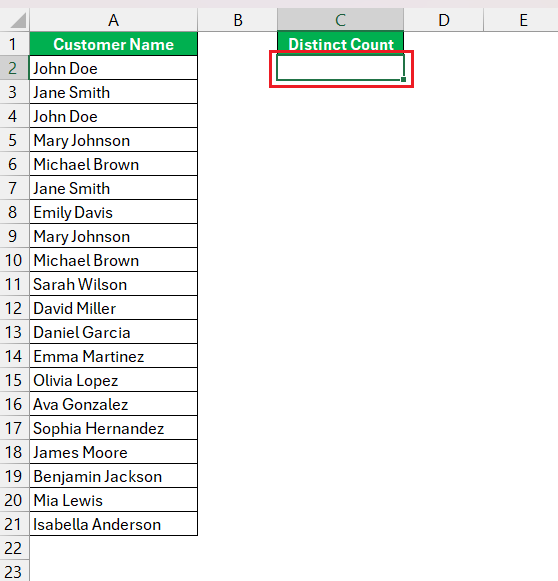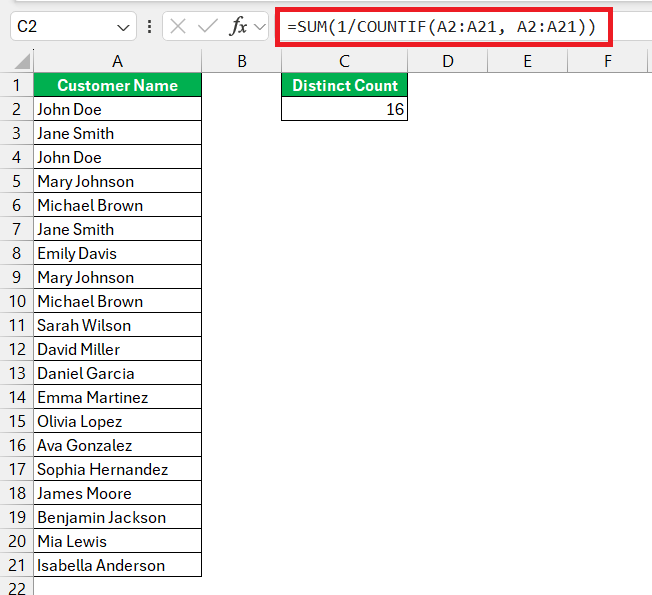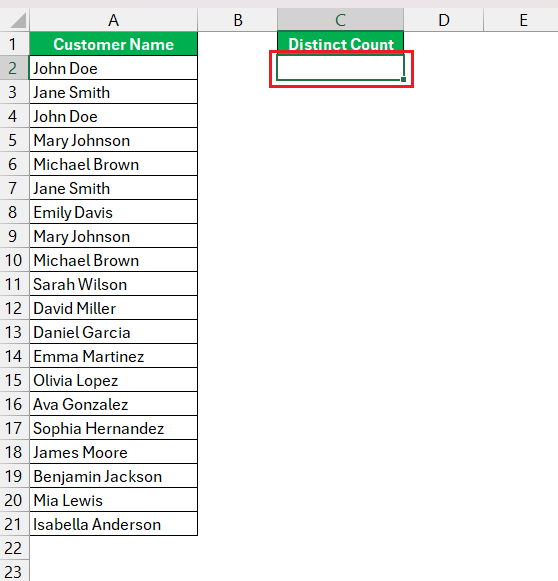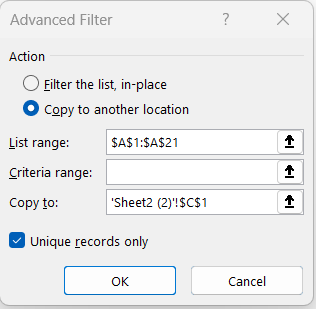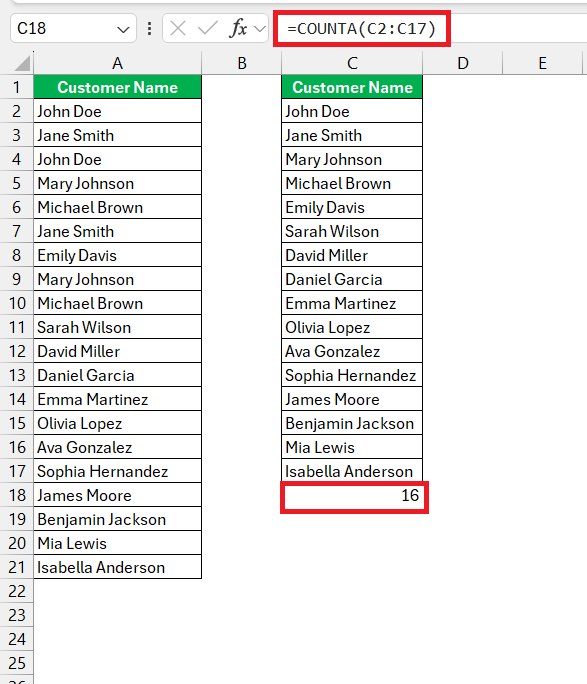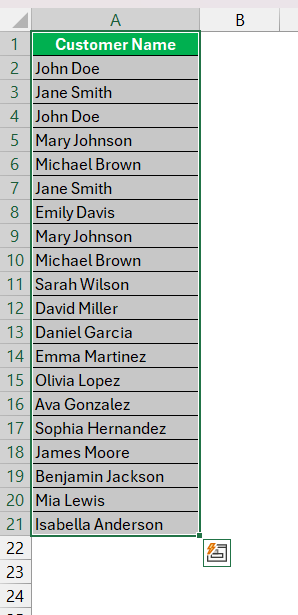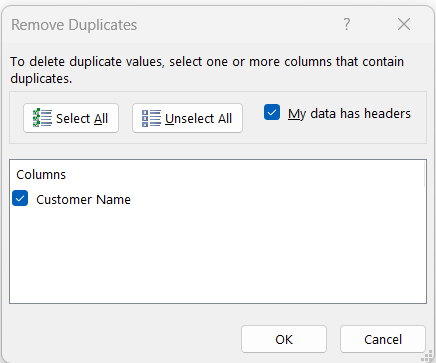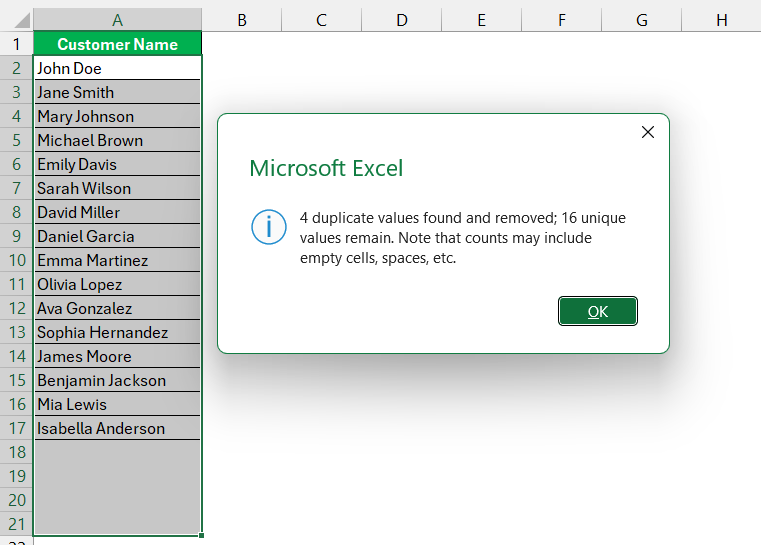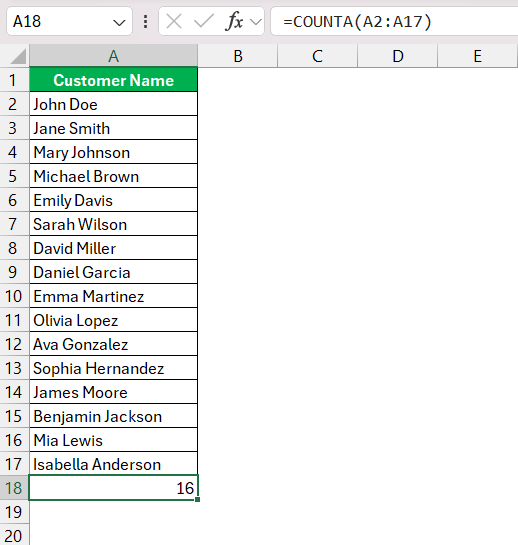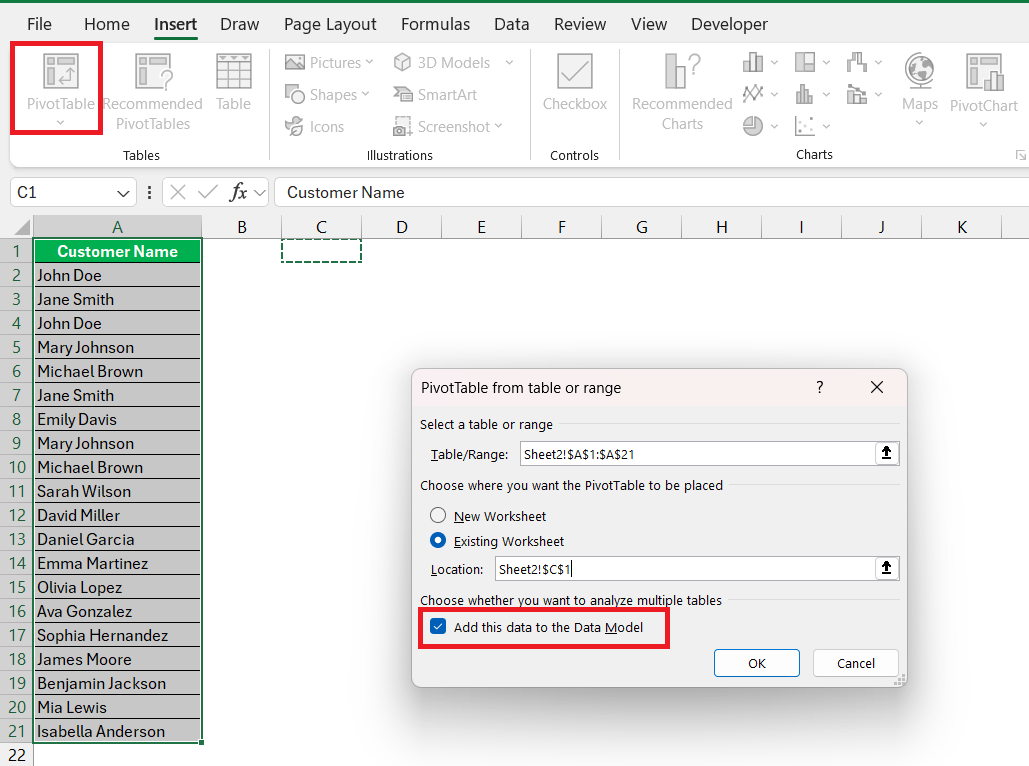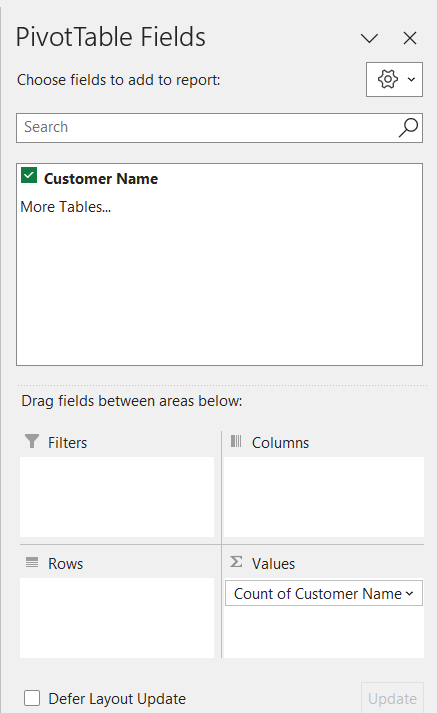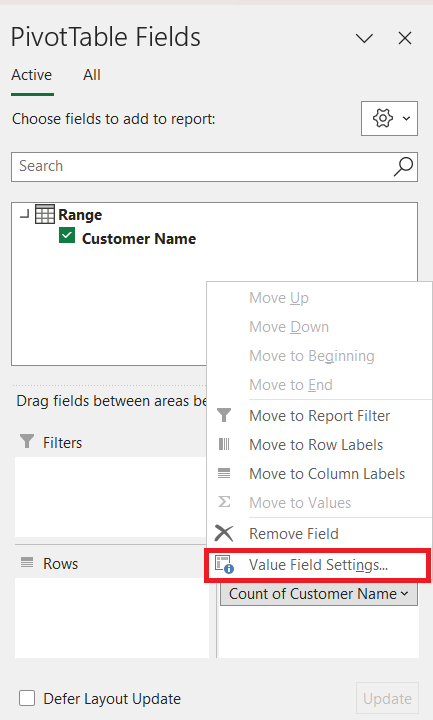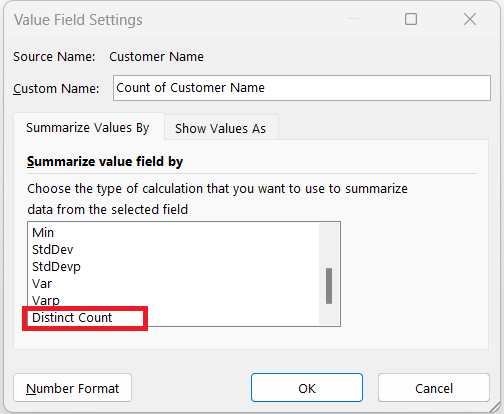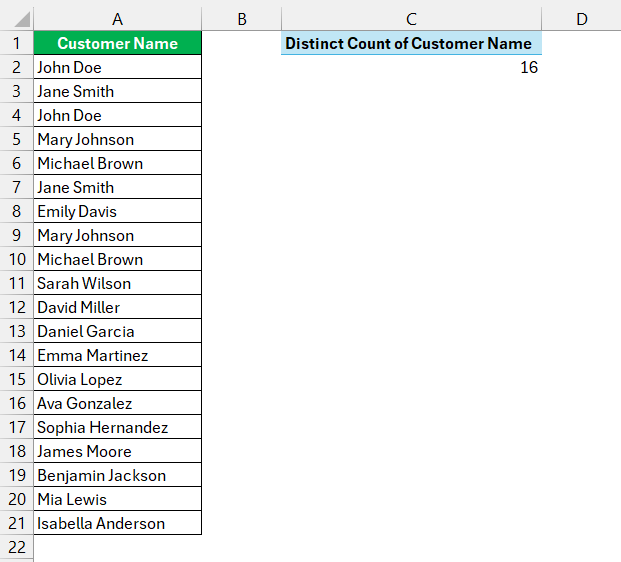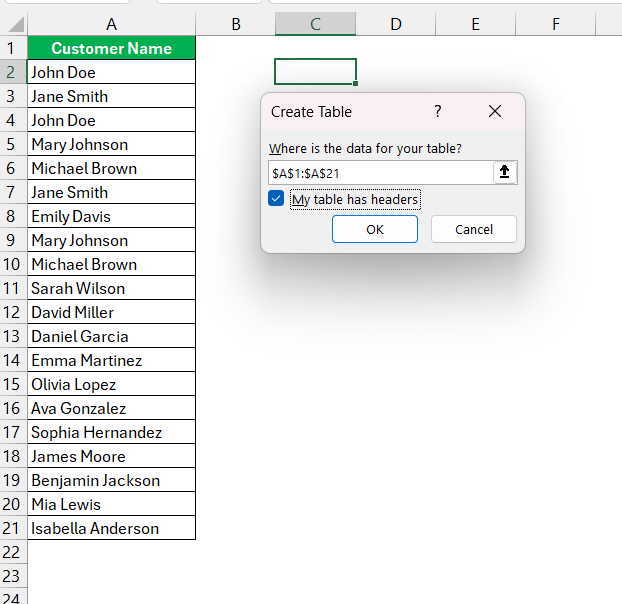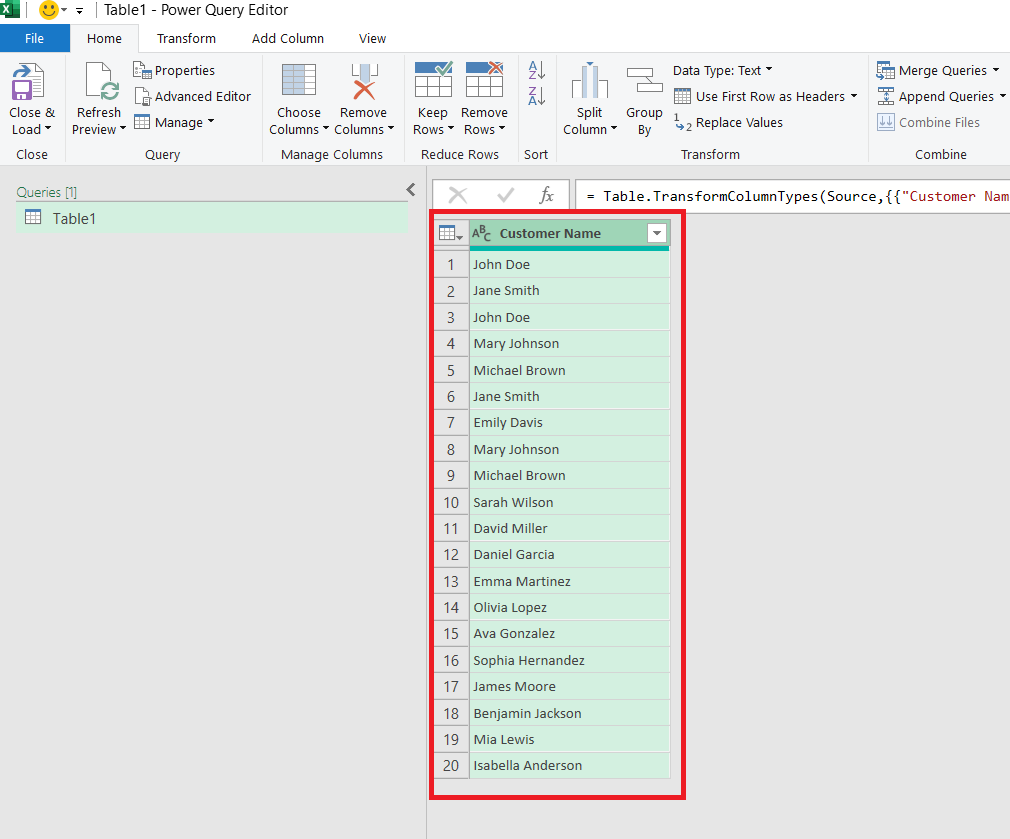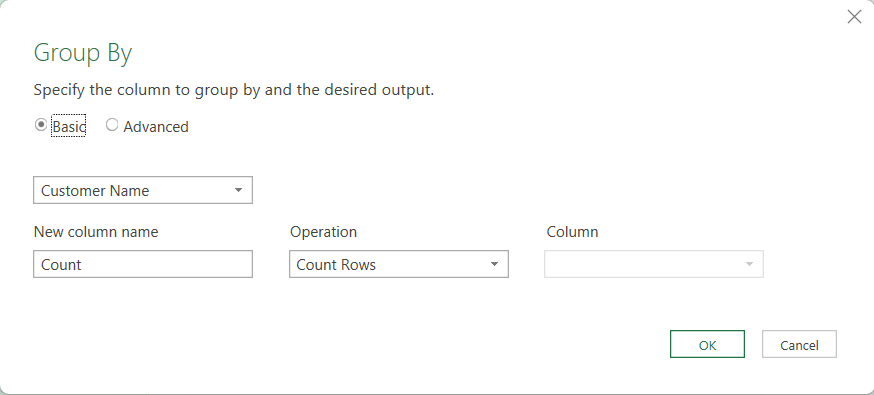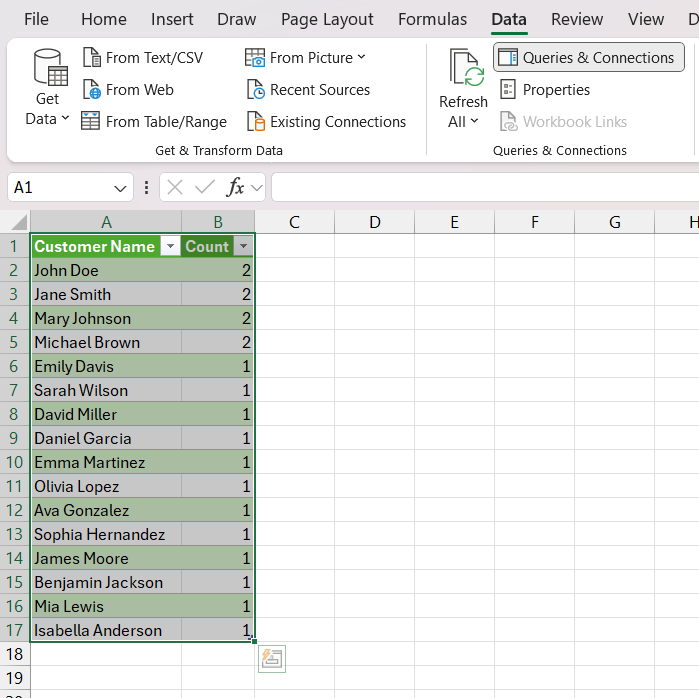In Microsoft Excel, efficiently counting distinct values is a crucial task for data analysis and reporting. Whether you’re managing customer lists or survey responses, knowing how to accurately tally unique entries can streamline decision-making. This article explores various methods and functions to Excel count distinct values, providing practical insights for optimizing data handling workflows.
Key Takeaways:
- Distinct vs. Unique Values: Understanding these in Excel is crucial. Unique values appear once, while distinct values include all occurrences, crucial for thorough data analysis.
- Excel Functions: Excel provides powerful tools like UNIQUE and COUNTA for accurate counting of distinct values.
- Methods for Counting: Options include COUNTIF, Advanced Filter, Remove Duplicates, PivotTables, and Power Query, each serving specific data analysis needs.
- Real-World Applications: Examples include tracking sales leads and analyzing surveys, highlighting how Excel count distinct values enhances decision-making.
Table of Contents
Unveiling the Secrets of Counting Distinct Values in Excel
Understanding the Basics: What are Distinct Values?
Getting to grips with the distinction between unique and distinct values is pivotal in Excel. Imagine you’re tidying up after a data party, and unique values are the guests who attended only once, leaving behind no duplicates. Distinct values, however, include every attendee, even if they popped in more than once. In Excel, they’re key for data analysis, allowing you to understand the diversity within your data set.
Excel Functions Vital for Counting Distinct Entries
To count distinct entries in Excel, you can leverage a few stellar functions. The UNIQUE function is your go-to for filtering out repeats, and when you pair it with COUNTA, you get a dynamic duo that tallies non-empty cells. Dial it up with FREQUENCY for numeric data or go further with FILTER to apply specific criteria.
These functions arm you with the power to sift through your data, revealing the distinct entries that help you unlock meaningful insights.
Top 5 Methods to Excel Count Distinct Values
Method 1: Using the COUNTIF Function
The COUNTIF function is one of the simplest ways to count distinct values in a range.
STEP 1: Select a new cell where you want the distinct count to appear.
STEP 2: Enter the following formula:
=SUM(1/COUNTIF(A2:A21, A2:A21))
This formula works by creating an array of 1 divided by the count of each value in the range, summing up to the distinct count.
Method 2: Using the Advanced Filter
The Advanced Filter option allows you to extract unique values from a list, which you can then count.
STEP 1: Select data you want to filter.
STEP 2: Go to the Data tab on the Ribbon, then click on Advanced.
STEP 3: In the Advanced Filter dialog box,
- Select Copy to another location.
- Specify the range for the data and the location to copy the unique values.
- Check ‘Unique records only’.
- Click OK.
STEP 4: Once the unique values are copied, use the COUNTA function to count them: COUNTA(C2:C17)
Method 3: Remove Duplicates
Excel’s built-in Remove Duplicates feature can also be used to count distinct values.
STEP 1: Select the range.
STEP 2: Navigate to the Data tab and select Remove Duplicates.
STEP 3: In the Remove Duplicates dialog box, select the columns that need to be checked for duplicates.
STEP 4: Click OK. A message box will show the number of duplicate values removed and how many unique values remain.
You can count the remaining unique values using the COUNTA function.
Method 4: Utilizing the Unique Powers of Pivot Tables
Harness the unique powers of a pivot table to count distinct values in Excel by following these simple steps.
STEP 1: They need to select the data range they want to analyze and create a pivot table from it. Make sure to check the ‘Add this data to Data Model’ option.
STEP 2: Once they’ve positioned their pivot table, they’ll drag the column of interest into the “Values” area.
STEP 3: Here’s where the magic happens: by default, Excel will count all items, but a quick trip to the “Value Field Settings”.
STEP 4: Change the method to “Distinct Count.”
And just like that, they’ve got a count of unique values, ready for their analytical pursuits.
Method 5: Power Query
Power Query is an advanced tool in Excel that can be used for data transformation, including counting distinct values.
STEP 1: Navigate to the Data tab and select From Table/Range.
STEP 2: In the dialog box, select the range and click OK.
STEP 3: In the Power Query Editor, select the column you want to analyze.
STEP 4: Go to the Transform tab. Click on Group By.
STEP 5: In the Group By dialog box, select the column and choose Count Rows.
STEP 6: Click Close & Load.
Power Query will create a new table with a distinct count of values.
Real-World Scenarios and Examples
Case Study: Counting Unique Sales Leads
Dive into this fascinating case study highlighting how counting unique sales leads transformed a business’s approach to customer engagement. An Excelchat Expert was presented with a challenge: track multiple touchpoints with potential clients across a vast dataset. By employing a combination of Excel’s UNIQUE and COUNTA functions, they were able to filter out repeat interactions, leaving a clear view of true, unique sales leads.
This sharp insight into their customer base enabled more focused and efficient targeting strategies, ultimately driving up conversion rates. The result? Booming sales and a healthier bottom line.
From Data to Insights: Analyzing Survey Responses for Uniqueness
Transforming a sea of survey responses into actionable insights requires a keen eye for uniqueness. To analyze survey data for distinct inputs, they’ll likely pivot towardc functions like COUNTIF combined with UNIQUE to distinguish one-time responses from recurring patterns. This approach illuminates standout opinions or preferences among respondents, shining light on potential outliers or individual feedback worth exploring further.
By sifting through the survey data in this way, they unlock the power to tailor future questions or pivot strategies to better meet the needs of their audience or market. The nuanced understanding of unique responses is a powerful ally in the quest for data-driven decisions.
FAQs
Q1. How do distinct counts differ from unique counts in Excel?
Distinct counts consider all values but count duplicates only once, while unique counts include only those values that appear exactly once in your data.
Q2.How to count unique values across multiple columns in Excel?
Combine the SUM and COUNTIFS functions to count unique values across multiple columns in Excel. Don’t forget to enter the formula as an array if they’re not on Excel 365.
Q3. Why isn’t the distinct count functioning in Excel?
If the distinct count isn’t working, they might need to check for correct formula usage, hidden data, filters, or ensure data is formatted correctly.
Q4. Is there a count distinct function in Excel?
No, there isn’t a built-in count distinct function in Excel, but they can create one using formulas like COUNTA with UNIQUE, or use PivotTables or VBA.
Q5. How do unique values differ from distinct values?
Unique values appear only once in a dataset, with no duplicates. Distinct values include all different items in the dataset, irrespective of how many times they appear.
John Michaloudis is a former accountant and finance analyst at General Electric, a Microsoft MVP since 2020, an Amazon #1 bestselling author of 4 Microsoft Excel books and teacher of Microsoft Excel & Office over at his flagship MyExcelOnline Academy Online Course.

